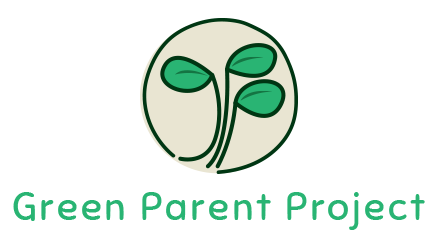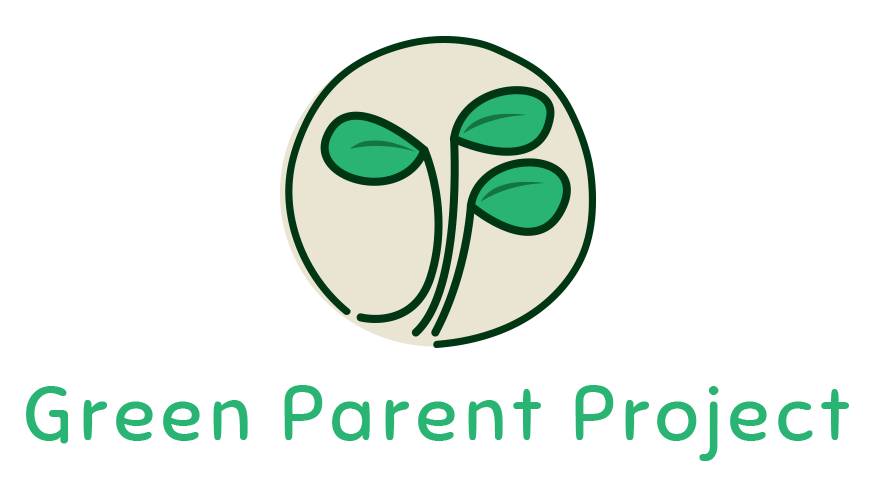
My daughter turned two last month, so I made it my goal to review what to expect and what is needed to keep her development at par. I hope parents out there would find this useful for their 2 year old.
SLEEP
The typical total hours of sleep requirement is 13 hours which is divided into an 11 hour nap during the night and a 2 hour nap during the day
This information is derived from the figure on typical sleep requirements shown on the article "Are you losing sleep caring for your baby". If you are the primary caregiver, knowing this information will prevent you from forcing your own sleep pattern on your child. It also tells you to prepare activities for your toddler and to get ready for more interaction!
PHYSICAL ACTIVITY
At least 60 minutes of moderate activity per day.
Today's youth is considered to be an inactive generation. But if your toddler is similar to mine, I'm sure you are uttering "terrible two indeed!" to your family and friends. I would suggest to replace that mindset and view your toddler as a SPONGE. Take the opportunity to introduce learning concepts and you will be surprised at how quickly they can absorb new information. If you are like me and want to get work done during the day, the IPAD/TV/Tablet will be your go-to-tool. But keep in mind that the recommended limit of screen time is only less than 2 hours per day.(Source: American Academy of Pediatrics) Another important reminder for primary caregivers is to supervise television viewing because your child might come across some advertisements and shows that are not appropriate or too violent. I challenge myself to be a role model and limit my own inactivity as well 🙂
MILK
May shift to low fat (1%) or non fat milk, amounting to 16-24 oz/day.
According to the Centers for Disease Control and Prevention, this recommended consumption is enough to meet their calcium needs. Too much milk may result to iron deficiency anemia because milk is low in iron and inhibits the absorption of iron in the body. The reason why this type of milk is not given to children less than two years of age is because fat is need for neural (brain) development. Whole milk contains 4% fat. 2% milk contains 2%fat. Skim milk contains no fat. Whole milk should not be given under the age of one.
FOOD
Salt or sodium daily limit is less that 1,500 milligrams (up to 3 years old). Recommended to have 3 rice meals and 2 healthy snacks (AAP).
This age is typically associated with a decreased appetite because of social interaction or refusal of food. I consider this an everyday challenge but I am very thankful for the lessons I learned during training. I learned that if the child refuses to eat, he or she must learn there will be no food until the next meal. HOW? I don't feel sorry then give cookies, chips or ice cream in between. I tell myself that she has to eat when the most nutritious food is served. Because snacks often taste better, a child will learn that refusal of meals will result to getting a better tasting snack later on and this results to their poor growth. I also learned that you allow the child to control the AMOUNT they eat while you( caregiver) are in charge of providing healthy food in appropriate portions and in maintaining a regular eating schedule. Also do not allow your toddler to run around after a bite because they might choke on their food.
I recommend visiting www.choosemyplate.gov to give you ideas on how to help choose foods lower in empty calories. For children with feeding difficulties and need evaluation and management, you may visit the FEEDING CLINIC at the Center for Development at The Medical City, Ortigas Ave. Pasig City
DENTAL CARE
All 20 primary teeth should be evident. Discontinue bottle feeding. Brush teeth twice a day, reinforced by parent until 8 years old. Oral examination yearly or at 6 months if low risk for dental disease interval (American Academy of Pediatric Dentistry)
I too struggle with discontinuation of bottle feeding but I believe that caregivers should put themselves up to the challenge. Longer bottle use leads to tooth decay and is linked to obesity. The American Academy of Pediatrics suggests to phase out bottle use by 18 months. A two year old will have the coordination skills needed to hold a cup and drink from it. Let us stop giving excuses because the longer we wait, the harder it is. Some recommend throwing out all the bottles or keeping it out of sight.
WEIGHT and HEIGHT
Average weight of 12 kg or Birthweight X 4. Average height of 89 cm.
Please check out article "Best ways to keep track of your child's development - Part 1"
"I can do everything through Christ, who gives me strength." Philippians 4 : 13
– Katrina Rey MD


Leave a Reply